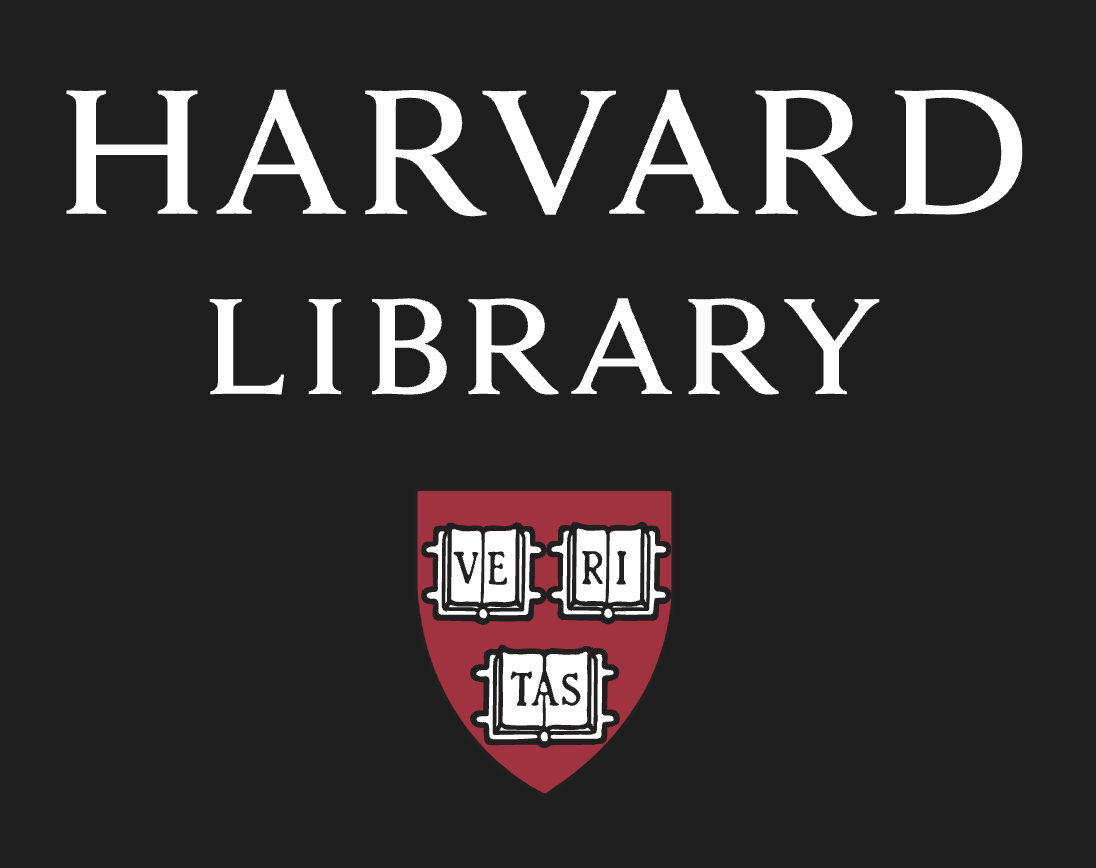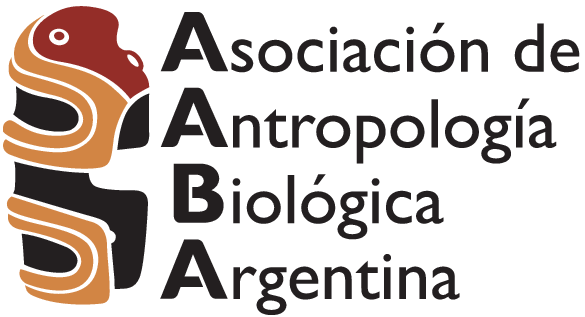Desde Prometeo hasta la proteomica, una breve historia de las ideas sobre el crecimiento tisular/From Prometheus to proteomics, a brief history of ideas on tissue growth
Resumen
RESUMEN Durante muchos siglos, la regulación del crecimiento de los órganos y los tejidos se relacionó con su función y con la temperatura, esta última se asociaba con la llegada de sangre al órgano. Con el surgimiento de la biología experimental y la endocrinología, en la segunda mitad del siglo XIX, comenzaron a realizarse experimentos para explicar el crecimiento de los tejidos. Se estableció por entonces el efecto estimulante de las hormonas. En la primera mitad del siglo XX, surgieron distintos modelos que proponían la existencia de estimulantes e inhibidores del crecimiento, tanto de acción local como general. A partir de 1962 se desarrolló el concepto de chalonas para referirse a inhibidores del crecimiento específicos de tejido pero no de especie, veinte años después el término cayó en el olvido para ser retomado recientemente, en una forma renovada. Con el descubrimiento de los factores de crecimiento, se demostró que las sustancias reguladoras son de acciones más variadas y complejas. El modelo actual de la regulación del crecimiento incluye numerosas sustancias de efectos y mecanismos de acción muy variados que a su vez están en relación con los efectos del medio ambiente.
ABSTRACT For many centuries, regulation of organ and tissue growth was thought to be related to function and temperature, the latter was associated with the arrival of blood to the organ. With the beginning of experimental biology and endocrinology, in the second half of the nineteenth century, the first experiments to explain tissue growth were carried out. By that time, the stimulant effect of hormones was established. In the first half of the twentieth century, different models that stated the existence of growth stimulants and inhibitors with local and general action arose. Since 1962, the concept of chalone was developed to refer to growth inhibitors specifi c of tissue but not of species. Twenty years later, the term was forgotten but it has been retaken with a new sense recently. With the discovery of growth factors, it was demonstrated that regulatory substances have complex and varied actions. The current model of growth regulation includes substances with a wide range of effects and action mechanisms that are integrated and responsive to the environment.
Descargas
Referencias
Abercrombie M. 1970.Contact inhibition in tissue culture. In Vitro 6:128-142
Albarracín Teulon A. 1983. La teoría celular. Madrid: Alianza Universidad.
Barbeito CG, Andrés Laube PF. 2005. Los factores de crecimiento. Aspectos básicos y potencialidades terapéuticas. Anal Vet 25:8-27.
Barbeito CG; González NV. 2005. Las chalonas como modelo para estudiar la relación entre los trabajos científicos y los libros de texto. La Plata: VII Congreso de la Sociedad de Ciencias Morfológicas de La Plata y 4tas Jornadas de Educación. p 104-107.
Barbeito CG, Flamini MA, Garcia MN, Andrés Laube PF, Andrini LB, Badrán AF. 2002. Development of compensatory hepatic hyperplasia in mice carrying the hepatocellular carcinoma ES12a. J Clin Exp Cancer Res 21:397-400.
Barbeito CG, González NV, Badrán AF. 2003. Sex and age related temporal variations in intestinal epithelium proliferation in the suckling mouse. Chronobiol Int 20:37-47.
Bernard C. 1944. Curso de medicina experimental. Córdoba: Editorial Assandri.
Bullough WS. 1962. The control of mitotic activity in adult mammalian tissues. Biol Rev 37:307-342.
Bullough WS. 1965. Mitotic and functional homeostasis. A speculative review. Cancer Res 25:1683-1727.
Bullough WS. 1973. The chalones: a review. En: Forscher BK, Houck JC, editores. Chalones: concepts and current researchs. National Cancer Institute Monograph. Maryland: DHEW Publication. p 5-14.
Bullough WS, Laurence EB. 1964. Mitotic control by internal secretion: the role of the chalone-adren-alin complex. Exp Cell Res 33:176–194.
Bullough WS, Laurence EB, Iversen OH, Elgjo K. 1967. The vertebrate epidermal chalone. Nature 214:578-579.
Elgjo K, Reichelt KL. 2004. Chalones. From aqueous extracts to oligopeptides. Cell Cycle 3:1208-1211.
Elkasrawy MN, Hamrick MW. 2010. Myostatin (GDF-8) as a key factor linking muscle mass and bone structure. J Musculoskelet Neuronal Interact 10:56-63.
Empédocles. 1985. Fragmentos de “La naturaleza”. En: Heraclito, Parmenides y Empédocles. La sabiduría presocrática. Madrid: Sarpe. p 111-135.
Fausto N. 2001. Liver regeneration. J Hepatol 32:19-31.
Gamer LW, Nove J, Rosen V. 2003. Return of the Chalones. Dev Cell 4:143-151.
García MN, Barbeito CG, Andrini LB, Badrán AF. 2001. Circadian rhythm of the DNA synthesis and the mitotic activity of tongue keratinocytes. Cell Biol Int 25:179-183.
Gilbert SF. 2005. Biología del desarrollo. Buenos Aires: Panamericana.
Gorbunova V, Seluanov A. 2009. Coevolution of telomerase activity and body mass in mammals: from mice to beavers. Mech Ageing Dev 130:3-9.
Goss RJ. 1964. Adaptative growth. New York: Academic Press.
Goss RJ. 1967. The strategy of growth. En: Teir H, Rytomaat T, editores. Control of cellular growth in adult organisms. London: Academic Press. p 3-27.
Goss RJ. 1972. Regulation of organ and tissue growth. New York: Academic Press.
Graves R. 1985. Los mitos griegos. Buenos Aires: Hyspamerica.
Gunduz B. 2002. Effects of photoperiod and temperature on growth and reproductive organ mass in adult male mongolian gerbils, Meriones unguiculatus. Turk J Biol 26:77-82.
Houck JC. 1976. Introduction. En: Houck JC, editor. Chalones. Amsterdam: North-Holand publishing company. p 1-5
Houck JC, Laurence EB, Hennings H, Callahan A. 1973. Chalones: Concepts and Current Researches. National Cancer Institute Monograph 38. Maryland: DEWH publications.
Ingher DE. 2006. Cellular mechanotransduction: putting all the pieces together again. Faseb J 20:811-827.
Iversen O. 1976. The history of the chalones. En: Houck JC, editor. Chalones. Amsterdam: North-Holand Publishing company. p 35-69.
Iversen OH. 1981. The Chalones. En: Baserger R, editor. Handbook of Experimental Pharmacology. 57:491-550.
Jacobo JA, Galindo JC, Fernández Vázquez JM. 2006. John Hunter. El primer investigador en ortopedia. Acta Ortopédica Mexicana 20:85-87.
Jones J, Clemmons DR. 1995. Insuline-Like growth factors and their binding proteins: biological actions. Endocrine Rev 16:3-34
Kühn TS. 1971. La estructura de las revoluciones científicas. México: Fondo de Cultura Económica.
Lakatos I. 1983. La metodología de los programas de investigación científi ca. Madrid: Alianza Editorial.
Leblond CP, Walker BE. 1956. Renewal of cell populations. Physiol Rev 36:255-276.
Ledesma Mateos I. 2000. Historia de la Biología. México: AGT ediciones.
Lee SJ. 2007. Sprinting without myostatin: a genetic determinant of athletic prowees. Trends Genet 23:475-477.
Lee SJ, McPherron AC. 1999. Myostatin and the control of skeletal muscle mass. Curr Op Gen Dev 9:604-607.
Lee S, McPherron A. 2001. Regulation of myostatin activity and muscle growth. PNAS 98:9306-9311.
Lennox JG. 1999. The place of mankind in Aristotle’s zoology. Philosophical Topics 27:1-16.
Lewontin R. 2001. El sueño del genoma humano y otras ilusiones. Buenos Aires: Paidos.
Malmgren RA, Mills W. 1961. Studies of properties of the liver mitotic stimulant (LMS) in mouse tumor tissue. J Nat Cancer Inst 26:525-532.
Massagué J. 1990. The transforming growth factor ß family. Annu Rev Cell Biol 6:597-641
Muneoka K; Manjong H; Gardiner DM. 2008. Regeneración de las extremidades. Investigación y Ciencia 381:24-31.
Nijhout HF. 2003. The control of growth. Development 13:5863-5867.
Okulov VB, Ivanov MN, Anisimov VN. 1979. Regulation of mitotic activity in rat vaginal epithelium: relationships between the level of its inhibitor (G2-chalone) and estrogen. Endokrinologie 74:20-26.
Parkinson K, Balmain A. 1990. Chalones revisited-a possible role for transforming growth factor beta in tumour promotion. Carcinogenesis 11:195-198
Potten CS, Morris RJ. 1988. Epithelial stem cells in vivo. J Cell Sci Suppl 10:45-62.
Rostand J. 1966. Introducción a la historia de la biología. Madrid: Península.
Schuelke M, Wagner KD, Stoltz LE, Hubner C, Riebel T, Komer E, Braun T, Tobin JF, Lee SJ. 2004. Myostatin mutation associated with gross muscle hipertrophy in a child. Nw Eng J Med 24:2682-2693.
Seluanov A, Hine C, Bozzella M, Hall A, Sasahara TH, Ribeiro AA, Catania KC, Presgraves DC, Gorbunova V. 2008. Distinct tumor suppressor mechanisms evolve in rodent species that differ in size and lifespan. Aging Cell 7:813-823.
Seluanov A, Hine C, Azpurua J, Feigenson M, Bozzella M, Mao Z, Catania KC, Gorbunova V. 2009. Hypersensitivity to contact inhibition provides a clue to cancer resistance of naked mole-rat. Proc Natl Acad Sci USA 17:106:19352-19357.
Stich HF. 1960 Regulation of mitotic rate in mammalian organisms. Ann NY Acad Sci 90:603-609.
Stiles CD, Capone GT, Scher CD, Antoniades HN, Van wyk JJ, Pledger WJ. 1979. Dual control of cell growth by somatomedins and platelet-derived growth factor. Proc Natl Acd Sci USA 76:1289-1293.
Thompson WM. 1932. A review of the experiments of John Hunter and more recent investigators on localizing the areas of jaw growth. The Angle Orthodontist 2:244-251.
Trasher JD. 1968. Analysis of renewing epithelial cell populations. Meth Cell Physiol 2:323-357.
Virchow R. 1878. Patología Celular. Madrid: Moya y Plaza Editores.
Volm M, Wayss K, Hinderer H. 1969. A new model of growth regulation. Cell specifi c inhibition of DNASynthesis in He-La cells by endometrium extract. Die Naturwissenchaften 11:566-567.
Warbuton FE. 1955. Feedback in development and its evolutionary signifi cance. Am Nat 89:129-140.
Weiss P. 1947. The problem of specifi ty in growth and development. Yale J Biol Med 19:235-278.
Wolpert L, Jessell T, Lawrence P, Meyerowitz E, Robertson E, Smith J. 2010. Principios del Desarrollo. Buenos Aires: Editorial Panamericana.
Descargas
Publicado
Número
Sección
Licencia
La RAAB es una revista de acceso abierto tipo diamante. No se aplican cargos para la lectura, el envío de los trabajos ni tampoco para su procesamiento. Asímismo, los autores mantienen el copyright sobre sus trabajos así como también los derechos de publicación sin restricciones.






























